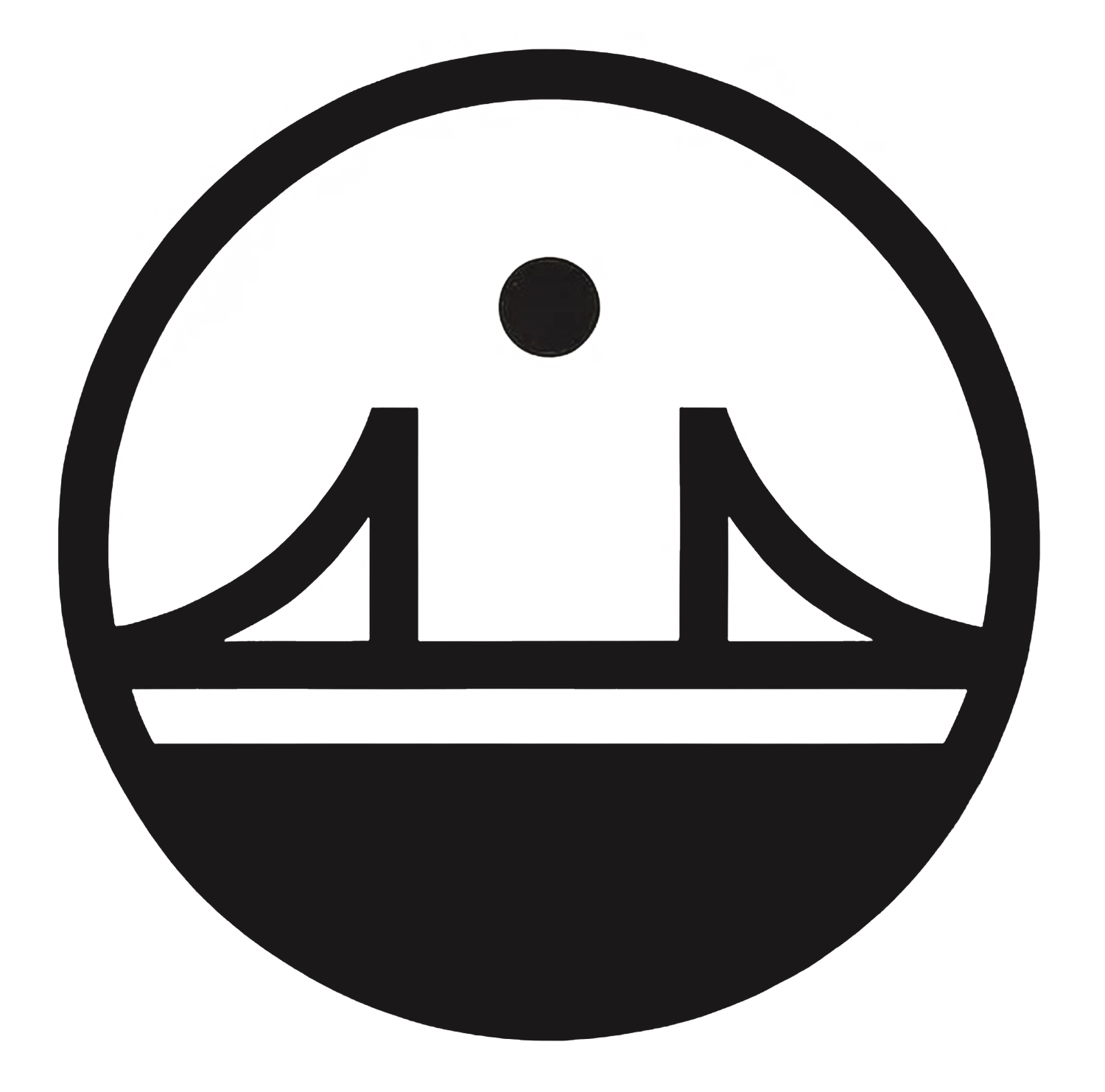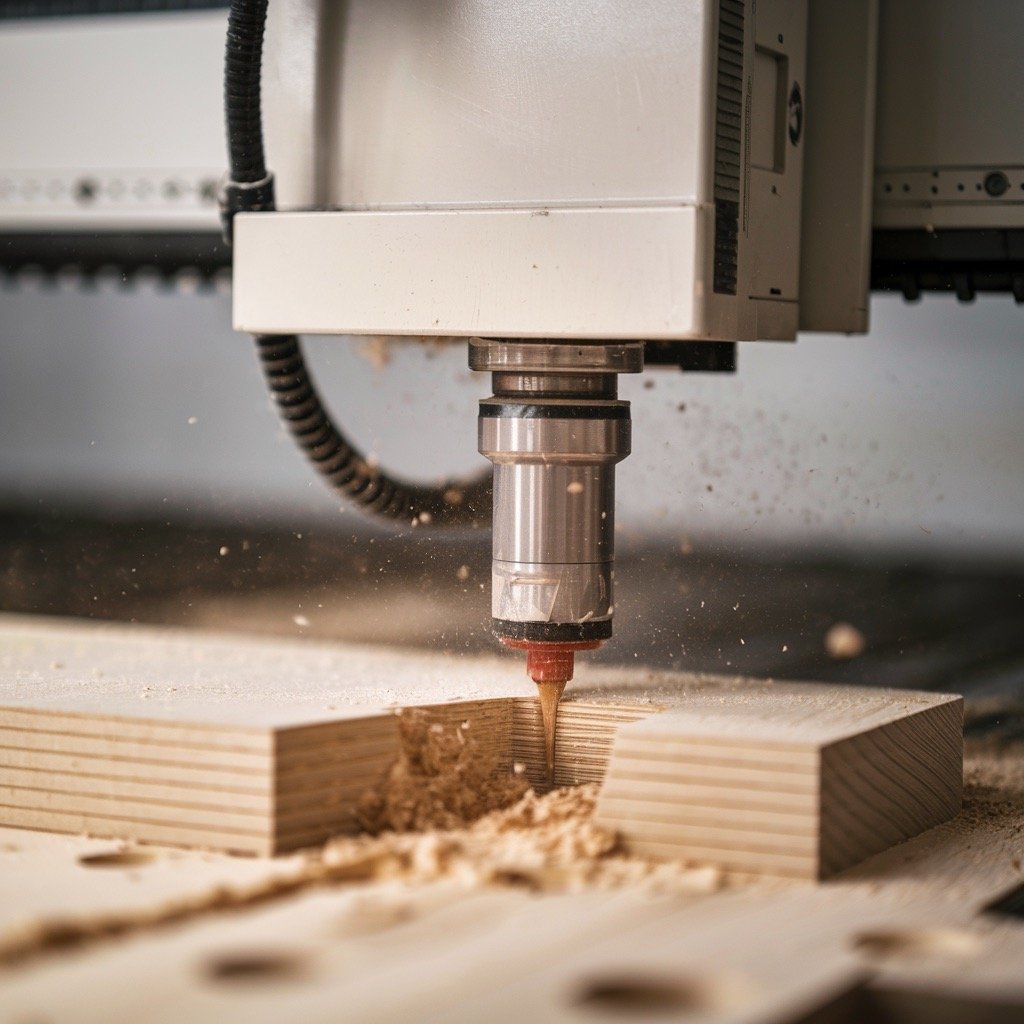Unlocking the Potential of CNC Machining in Custom Signage
In today's competitive market, signage plays a crucial role in defining a brand's identity. Precision, customization, and durability are key factors in creating effective signs, and CNC (Computer Numerical Control) machining has emerged as a game-changer in this domain. This technology offers unmatched accuracy and flexibility, allowing for the creation of highly customized and durable signs tailored to various applications. Let's delve into how CNC machining is transforming the signage industry and what it means for businesses looking to make a lasting impression.
Understanding CNC Machining
What is CNC Machining?
CNC machining is an automated process that uses computers to control machine tools like drills, lathes, and mills. The process involves following a pre-programmed sequence of commands that dictate the movement and operation of these tools. This level of precision ensures that the final product is highly accurate and consistent, making CNC machining an ideal solution for intricate and custom signage designs.
The Evolution of CNC Machining in Signage
Originally rooted in manufacturing and metalworking, CNC machining has expanded its influence into the signage industry. Its ability to handle various materials and produce intricate designs with ease has made it a preferred choice for creating custom signs. Over time, advancements in CNC technology have made it more accessible to businesses of all sizes, enabling even small enterprises to produce professional-grade signage.
Benefits of CNC Machining for Custom Signage
The advantages of CNC machining in signage are numerous. Precision and consistency are at the forefront, allowing for the exact reproduction of designs across multiple signs. This technology also supports a high degree of customization, enabling businesses to create unique and complex designs that might be impossible with traditional methods. Additionally, the efficiency of CNC machining translates into faster production times and cost savings, especially for large-scale or intricate projects.
The CNC Machining Process for Signage
Designing Custom Signage
The CNC machining process begins with the design phase. Designers use CAD (Computer-Aided Design) software to create detailed digital models of the desired sign, specifying dimensions, materials, and any special instructions. These designs are then converted into CNC-compatible code using CAM (Computer-Aided Manufacturing) software, which guides the machining process.
Material Selection
Choosing the right material is essential for achieving the desired look and durability of a sign. Common materials used in CNC-machined signage include wood, acrylic, metals like aluminum, and composites. The choice depends on factors such as where the sign will be placed (indoors or outdoors), its durability requirements, and the aesthetic preferences of the client.
Precision Cutting and Engraving
CNC machines excel at cutting and engraving with precision. Depending on the design, various tools like end mills, drills, or routers are used to achieve the desired effects. For engraved signs, CNC machines remove material with extreme accuracy to create detailed, raised, or recessed designs, ensuring clarity and detail in the final product.
Finishing Touches
After machining, signs often require additional finishing steps, such as sanding, painting, or applying protective coatings to enhance durability and appearance. For multi-piece signs, assembly may involve combining different components or adding mounting hardware. These finishing touches ensure that the sign not only looks great but also stands up to environmental factors over time.
Types of Signage Produced with CNC Machining
Dimensional Lettering and Logos
Dimensional lettering and logos are among the most popular uses of CNC machining in signage. These signs create a professional, 3D effect that is highly visible and aesthetically pleasing, making them ideal for corporate branding.
Routed Signs
Routed signs, where designs are carved out of solid materials like wood, offer a classic and customizable look. CNC routing ensures clean lines and consistent depth, resulting in a polished finish that enhances the sign's overall appeal.
Engraved Signs
Engraved signs are perfect for detailed and intricate designs, such as those found on plaques, nameplates, or awards. CNC engraving can be applied to a variety of materials, offering versatility in both appearance and application.
Backlit and LED-Integrated Signage
For signs that stand out at night, CNC machining is used to create precise cutouts for backlighting or LED integration. This technology ensures that light passes through or around the design seamlessly, enhancing the sign's visibility and impact.
Interactive and Digital Signage
As interactive and digital signage becomes more popular, CNC machining is increasingly used to create custom enclosures that house screens, sensors, and other electronic components. This allows for sleek, functional designs that complement modern technology.
Material Options for CNC Machined Signage
Wood
Wood is a versatile material for CNC machining, offering a warm, natural appearance that can be customized with various finishes. It is suitable for both indoor and outdoor signage, depending on the type of wood used.
Acrylic and Plastics
Acrylic and other plastics are lightweight, durable, and available in various colors, making them ideal for modern, sleek signage. CNC machining can cut and engrave these materials with precision, making them suitable for both illuminated and non-illuminated signs.
Metals
Metals like aluminum, brass, and stainless steel are popular for their durability and premium look. CNC machining can create detailed designs and smooth finishes, making metal signs ideal for corporate environments and outdoor use.
Composite Materials
Composite materials, such as aluminum composite panels (ACP) and PVC foam board, offer strength and flexibility. These materials are perfect for complex signage designs that require both durability and a refined appearance.
Eco-Friendly Options
As sustainability becomes a priority, materials like recycled plastics, bamboo, and reclaimed wood are gaining popularity in CNC-machined signage. These eco-friendly options allow businesses to reduce their environmental impact while still creating high-quality, durable signs.
Advantages of CNC Machining Over Traditional Methods
Precision and Consistency
CNC machining offers unmatched precision and consistency, ensuring that each sign produced is identical to the design. This is particularly important for large orders where consistency is crucial.
Versatility in Design
CNC machining's ability to handle complex shapes, patterns, and textures makes it a versatile option for custom signage. It works with a wide range of materials, giving designers the freedom to explore creative possibilities.
Efficiency and Speed
The automation of CNC machining reduces production time, making it possible to complete projects quickly. This efficiency leads to cost savings, particularly for large or complex orders.
Cost-Effectiveness for Custom Orders
While the initial investment in CNC equipment can be high, the long-term savings in labor and material costs make it a cost-effective option for custom signage, especially when precision and customization are key.
Customization Capabilities with CNC Machining
Tailored Design Options
CNC machining offers unparalleled customization, allowing businesses to create signs that perfectly reflect their brand identity. From unique logos to intricate patterns, the possibilities are endless.
Intricate Details and Complex Patterns
CNC machines can handle intricate details and complex patterns with ease, making them ideal for decorative signage and artistic pieces where precision is paramount.
Multi-Layered and 3D Effects
By cutting and assembling different layers of material, CNC machining can create signs with depth and dimension, adding visual interest and enhancing the sign's impact.
Integration of Different Materials
CNC machining allows for the seamless integration of different materials into a single sign, creating cohesive designs that utilize the strengths of each material.
Conclusion: The Future of CNC Machined Signage
As technology continues to evolve, CNC machining will remain at the forefront of custom signage production. Its precision, versatility, and efficiency make it an invaluable tool for businesses looking to create impactful, durable signs. With advances in materials and sustainability practices, the possibilities for CNC-machined signage are expanding, promising even more innovative and creative solutions for the future. Whether you're a small business or a large corporation, CNC machining offers the tools you need to make a lasting impression.

